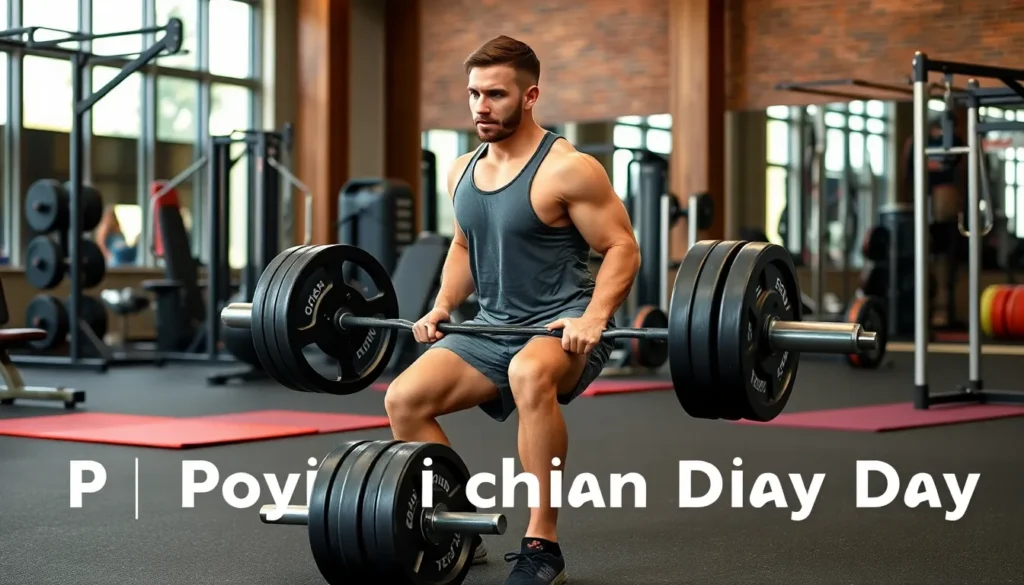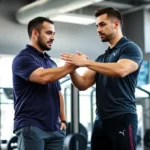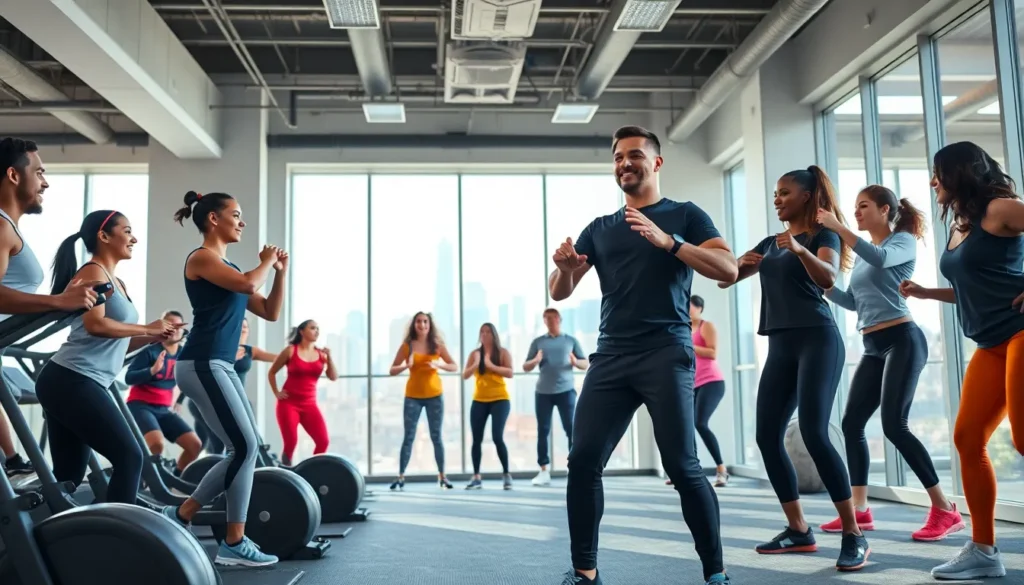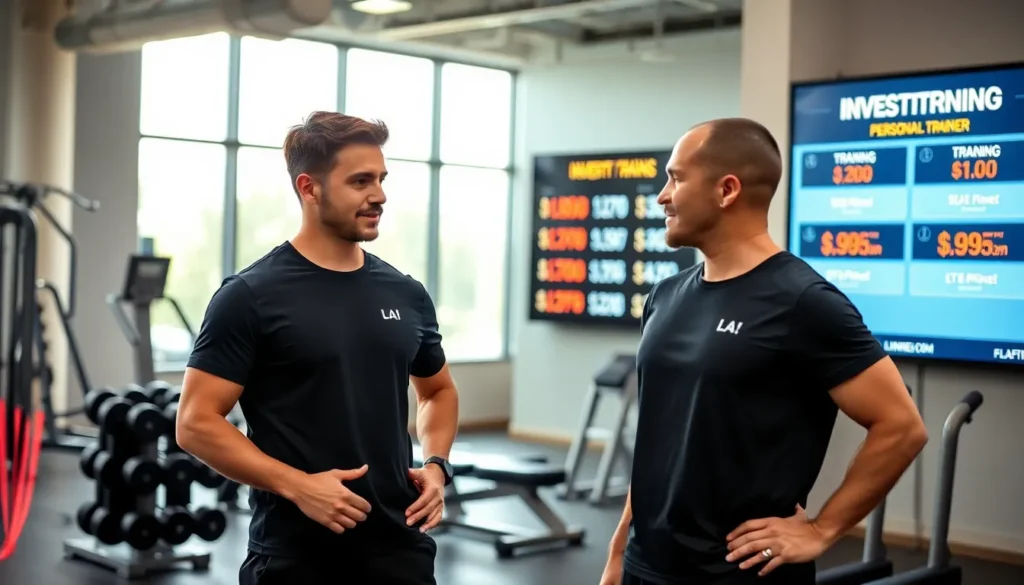When it comes to fitness, the posterior chain often gets the short end of the stick. Everyone loves a good bicep curl, but what about those muscles that keep you upright and ready to conquer the world? Enter Posterior Chain Day, the unsung hero of workout routines. It’s the day dedicated to strengthening those glutes, hamstrings, and lower back muscles that do all the heavy lifting—literally!
Imagine walking into the gym and declaring, “Today, I’m all about my backside!” Not only will you feel like a fitness rockstar, but you’ll also be setting the stage for better performance in every other lift. So grab those kettlebells and prepare for a workout that’ll make your backside the talk of the town, all while keeping things professional and fun. Who knew strengthening your posterior could be this entertaining?
Overview of Posterior Chain Day
Posterior Chain Day focuses on essential muscles such as glutes, hamstrings, and lower back. Strengthening these areas enhances overall fitness performance. Dedication to this workout increases explosive power, stability, and posture.
Targeted exercises engage various muscle groups. Deadlifts, hip thrusts, and kettlebell swings serve as effective movements to incorporate. Here, athletes develop better strength, which translates to improved results in other lifts.
Creating a specific day allows for concentrated effort. Individuals benefit from directed training sessions that prioritize posterior chain activation. Regularly including this focus leads to superior athletic performance and reduced injury risk.
Adopting Posterior Chain Day promotes balance across the body. When upper body strength receives disproportionate attention, muscle imbalances may occur. A balanced approach fosters durable strength throughout all muscle groups.
Incorporating mobility work improves flexibility and eases tension. This integration helps prevent tightness in the posterior chain muscles. Athletes experience greater ranges of motion, ultimately enhancing performance.
Fitness enthusiasts often find Posterior Chain Day to be enjoyable. Engaging in structured routines allows for a sense of accomplishment. Celebrating progress encourages ongoing commitment to fitness goals.
Importance of the Posterior Chain
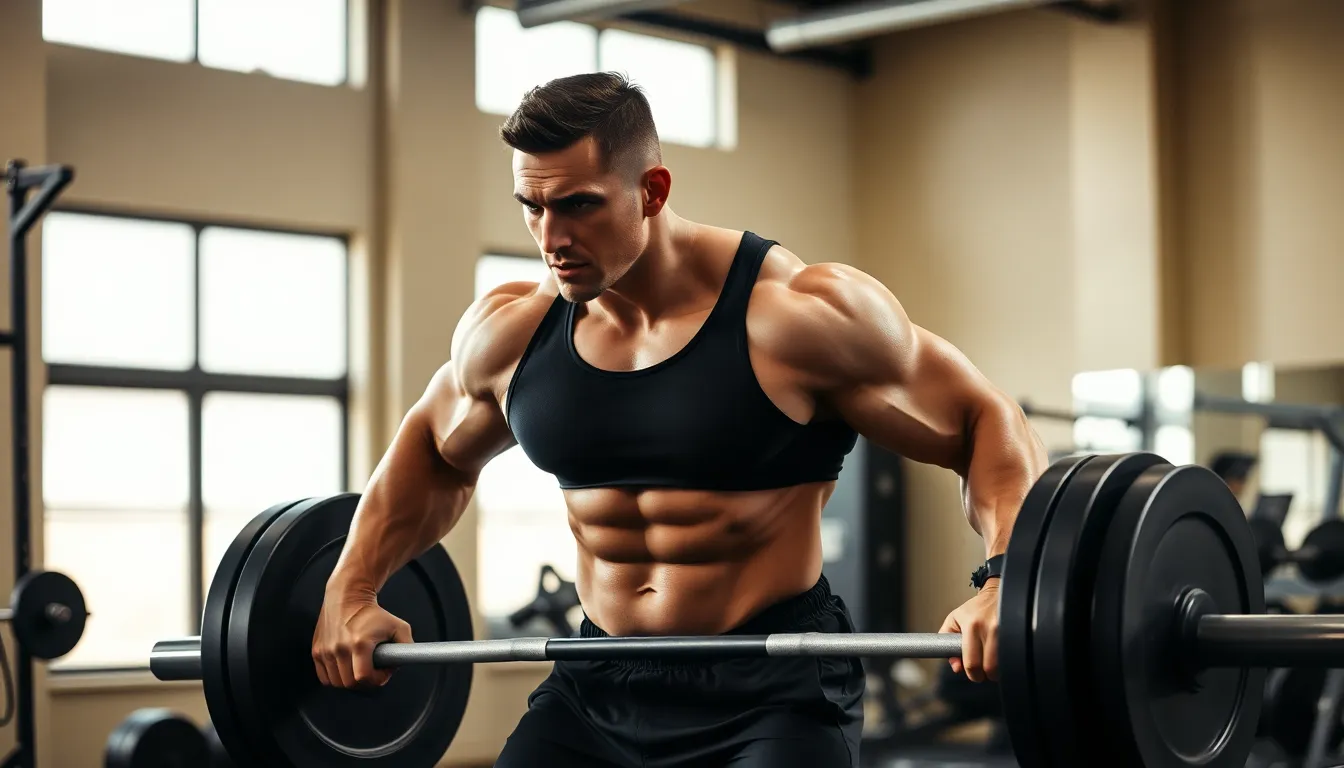
Focusing on the posterior chain significantly enhances overall fitness performance. This muscle group, which includes glutes, hamstrings, and lower back muscles, plays a crucial role in athletic competence.
Benefits of Strong Posterior Chain
Strong posterior chain muscles improve explosive power, stability, and posture. Engaging these muscles leads to enhanced performance in lifts, fostering better results in overall workouts. Moreover, athletic movements requiring sprinting or jumping benefit from increased strength in the posterior chain, allowing for greater efficiency and speed. Training these muscles effectively decreases injury risk, promoting a more balanced and functional body. Consequently, prioritizing posterior chain workouts can lead to long-term fitness gains.
Common Myths and Misconceptions
Some individuals believe that leg day suffices for targeting the posterior chain. This assumption can undermine the importance of dedicating specific training sessions to these muscles. Another misconception is that only upper body strength matters for overall fitness. In reality, neglecting the posterior chain can lead to muscle imbalances and hinder performance. Additionally, many think posterior chain training is solely for athletes; however, everyone benefits from a well-developed posterior chain, as it supports everyday movement effectiveness and posture. Clearing these misconceptions fosters a more balanced approach to fitness.
Exercises for Posterior Chain Day
Focusing on targeted exercises maximizes the benefits of Posterior Chain Day. Both compound movements and accessory exercises play crucial roles in developing strength and stability.
Key Compound Movements
Deadlifts are essential for engaging the entire posterior chain. Variations like sumo and Romanian deadlifts target specific muscle groups effectively. Barbell hip thrusts contribute significantly to glute development and overall hip extension strength. Kettlebell swings enhance explosiveness while providing a dynamic movement that activates the hamstrings and glutes. Good mornings also strengthen the lower back, reinforcing stability throughout the body.
Accessory Exercises
Glute bridges serve as an excellent accessory exercise to complement compound movements. They isolate the glutes, promoting strength and activation. Single-leg deadlifts challenge balance while targeting the hamstrings and glutes. Romanian deadlifts with lighter weights allow for focused muscle engagement, improving form and flexibility. Resistance band exercises, such as lateral band walks, strengthen hip stabilizers crucial for athletic performance. Finally, back extensions increase lower back strength, contributing to better posture and overall alignment.
Structuring Your Posterior Chain Day
A well-structured Posterior Chain Day improves overall performance and reduces injury risk. Prioritizing specific exercises enhances strength and stability in essential muscle groups.
Warm-Up Routine
Starting with a dynamic warm-up ensures muscles are ready for an effective workout. Incorporate movements like leg swings and hip circles to increase mobility. Engage in light cardio for five to ten minutes to elevate heart rates and prepare joints. Activating the glutes and hamstrings with exercises such as bodyweight squats or glute bridges can also enhance blood flow. Focusing on flexibility and mobility sets the stage for a productive training session.
Sample Workout Plan
A balanced workout plan includes both compound and accessory exercises. Begin with compound movements like deadlifts and barbell hip thrusts to engage larger muscle groups effectively. Follow with kettlebell swings to boost explosive power. Accessory exercises like single-leg deadlifts and resistance band glute kicks strengthen smaller stabilizing muscles. Aim for three to four sets of eight to twelve repetitions for each exercise to promote muscle growth and endurance. Mixing these elements creates an effective regime that promotes a stronger posterior chain.
Embracing Posterior Chain Day can transform a fitness routine by highlighting the importance of often-neglected muscles. This dedicated workout not only enhances strength and performance but also fosters a sense of accomplishment. By incorporating targeted exercises and mobility work, individuals can achieve balanced development and improved posture.
The focus on the posterior chain mitigates the risk of injuries and promotes overall athleticism. As fitness enthusiasts discover the benefits of this specialized training day, they often find it enjoyable and rewarding. Committing to Posterior Chain Day can lead to lasting improvements in both fitness and daily movement.

